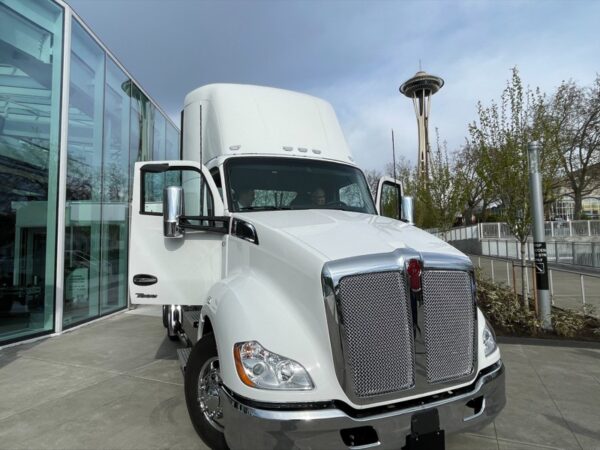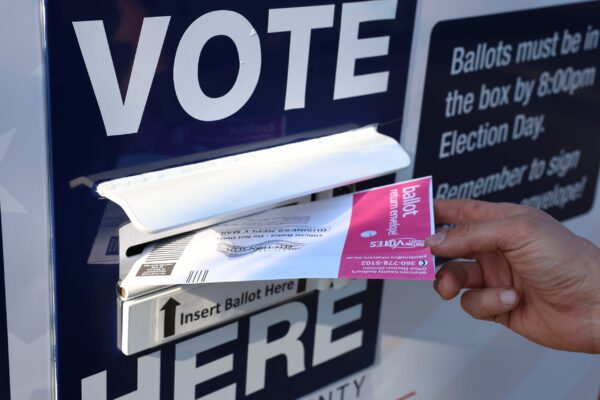November 15 is “America Recycles Day,” a national holiday to stress the importance of reusing resources rather than tossing them.
Here at WEC, we’re foursquare behind recycling; we’ve got sorting cans in the lunchroom and at every desk. We sort things at home. We’re the type of people who prefer reusable bags, coffee mugs, and lunchboxes over single use anything. We encourage all of you to do the sorting; keep electronics and batteries out of landfills. In 2023, WEC will prioritize supporting the efforts of Zero Waste Washington to increase the effectiveness of recycling in our state.
Recycling is more than one day; it should be part of our very way of life as we navigate our new normal of this climate crisis.
When you’re feeling too harried to rinse out yet another milk jug, or to break down another box, it might help to think of recycling as an act of gratitude. Not wasting things is a way of giving thanks. Think of all the ways that the earth holds and sustains you: the air you breathe, the water you drink, the plants and animals that share this planet with us. Doing your part to minimize trash is one way to give back.
The national rate of recycling is just 32 percent. In Washington state, we recycle at a rate of 54 percent. That’s right – two out of five of your neighbors don’t recycle. It follows that an awful lot of trash still ends up in landfills, or worse, scattered across our precious lands and bobbing about in our sacred waters.
According to Mindy Roberts, Puget Sound Program Director at WEC, there are two blobs of our garbage just off Seattle’s popular Alki beach. There’s also an underwater garbage patch in the Sound. Mini liquor bottles, stir straws, Amazon packaging, ketchup packets, drink covers—all the little plastic bits and bobs that we use once for convenience live on much longer as litter. Ultimately poisoning our waters and harming the wildlife that our Sound so desperately relies on to stay healthy.
So, as we head into the joyful winter season, we’d like to propose that you consider not only recycling, but make the effort to keep things out of the waste in the first place. Here a few ideas that may help your end-of-year traditions, whatever they are, avoid creating more waste than necessary:
- If gift giving is part of your family practice, think carefully about how you wrap gifts. Wrapping paper with metallic or plastic elements can’t be recycled. There are lots of alternatives to commercial wrapping paper: Use brown paper wrap or old grocery bags and let your kids draw designs on them. Go to Goodwill and find some remnant cloth or sheets, and use that as wrapping. If you’re really ambitious, you could sew the cloth into different-sized bags that can be used year after year. Or pick up some old magazines and posters at the thrift store and use those. Or make part of the gift a container, such as putting seeds and other gardening goodies in a pot.
- When planning for parties, buy in bulk. It’s always better, waste-wise, to have a few big bottles or a keg, rather than dozens of little plastic or glass bottles.
- Make a commitment to use tablecloths, plates and cutlery that can be reused. Yes, washing is a little more trouble than just dumping everything in the dustbin, but it’s way better for our community’s health and the health of the planet.
- Resist the urge to buy more. Buy one or two really nice things, rather than a pile of plastic, breakable stuff that won’t last past New Year’s Eve.
- Emphasize decorating with natural things. Take a walk, pick up some pine cones or some evergreen branches and use those. Put a few twigs or branches and evergreens in a vase or a glass jar. String with LED twinkle lights that you can use next year. Ta-Da! You have a centerpiece.
- Don’t send your old holiday lights to the landfill. Many communities, and some retailers, will recycle old lights. Just do an Internet search for the name of your town and “holiday light recycling.”



